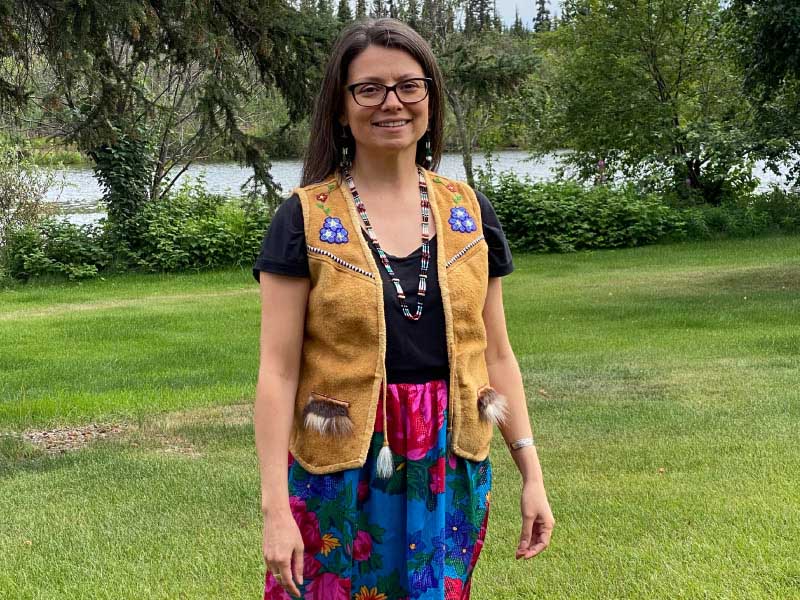March is Women’s History Month, and what better way to celebrate than by shining a spotlight on some incredible female trailblazers in maternal and infant health? Get ready to be inspired as we introduce you to four dynamic women who embody the VNPC’s mission of enhancing the well-being of moms and babies. Keep reading to discover their amazing stories and contributions!
Mary Beatrice Davidson Kenner was an inventor who made significant contributions to female health, most notably the first adjustable sanitary belt, which she patented in 1957. At a time when menstrual hygiene options for women were limited, Kenner’s design provided one of the first ever on-the-go solutions for feminine hygiene. Kenner’s work paved the way for future advancements in menstrual health products that delivered comfort and accessibility for women. Her work represents the ingenuity of female inventors and a commitment to upholding health standards for women with reproductive needs. Learn more about Mary Kenner here.
Amanda Carey Carter was a midwife in rural Virginia who dedicated her life to improving maternal and infant health, serving both Black and white families despite segregation laws in place at the time. Carter came from a long line of midwives and carried on her family legacy of providing support to expectant mothers in her community. Much like doulas today, Carter’s work extended beyond labor and delivery. Carter was known for ensuring her clients’ health through the postpartum period. Now, Carter’s contributions are being recognized in the Smithsonian Museum’s “Through the African American Lens” exhibit. Carter’s role as a leader in her community and a doula undoubtedly had positive impacts on women’s healthcare in the South. Learn more about Amanda Carey Carter here.

Photograph of Dr. Kelliher courtesy of Heart.org, who acquired this photo courtesy of Dr. Allison Kelliher.
Dr. Kelliher is a physician and certified tribal doctor who works to improve maternal and infant health among American Indian and Alaska Native communities. Dr. Kelliher employs her training in Western medicine and traditional healing practices in treating her patients. In addition to her work as a provider, Dr. Kelliher also conducts health research and advocates for Indigenous health. Dr. Kelliher’s work is focused on improving healthcare access, promoting culturally informed medical practices, and mentoring future Native healthcare providers. Her work represents the importance of bringing culturally competent care to Native American communities, bridging gaps in care, increasing representation of Natie Americans in healthcare roles, and improving maternal and infant health outcomes for all. Learn more about Dr. Kelliher here.

Photo of Dr. Virginia Apgar, courtesy of Wikipedia page on Virginia Apgar.
Dr. Virginia Apgar was an obstetrical anesthesiologist whose work transformed infant health, most notably her contribution of the Apgar Scoring system in 1953. Dr. Apgar created the Apgar Score as a means of quickly assessing newborns’ health after birth based on their heart rate, breathing, reflex response, muscle tone, and skin color. This system helps medical professionals rapidly determine which infants need urgent care. Dr. Apgar also contributed to the field of infant health with research on the effects of anesthesia on newborns and advocacy for birth defect prevention. Dr. Apgar’s contributions were groundbreaking in her time, and to this day her accomplishments continue to help shape the fields of obstetrics and pediatrics. Learn more about Dr. Apgar here.


